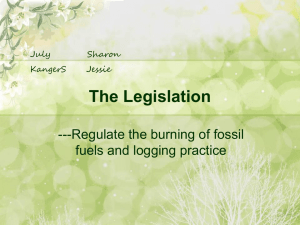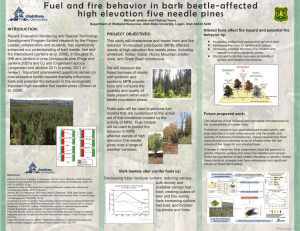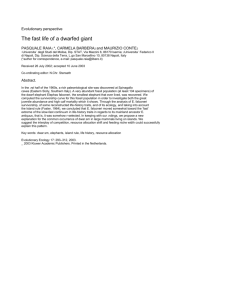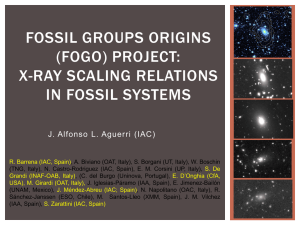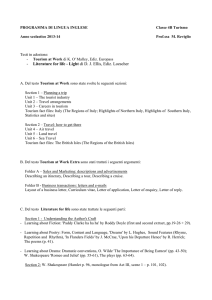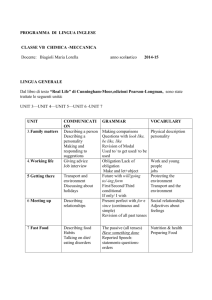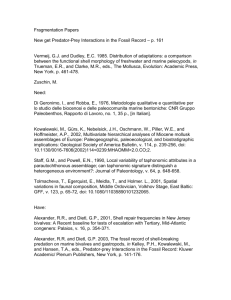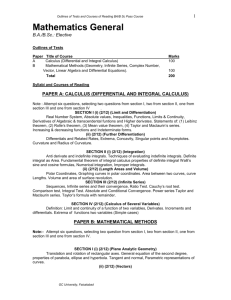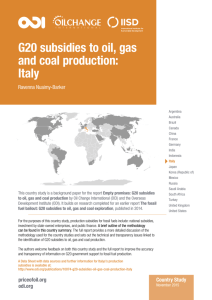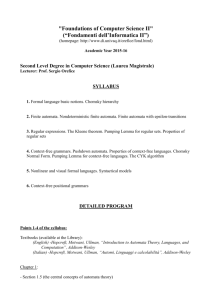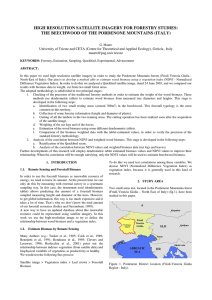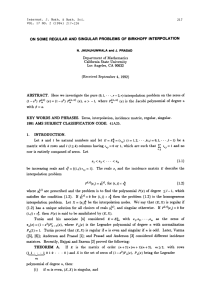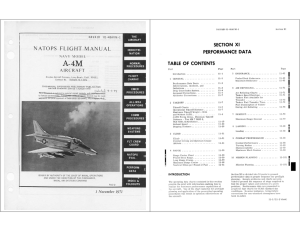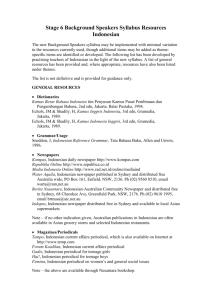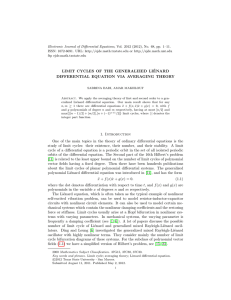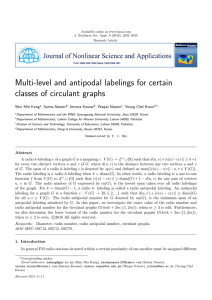summary
advertisement
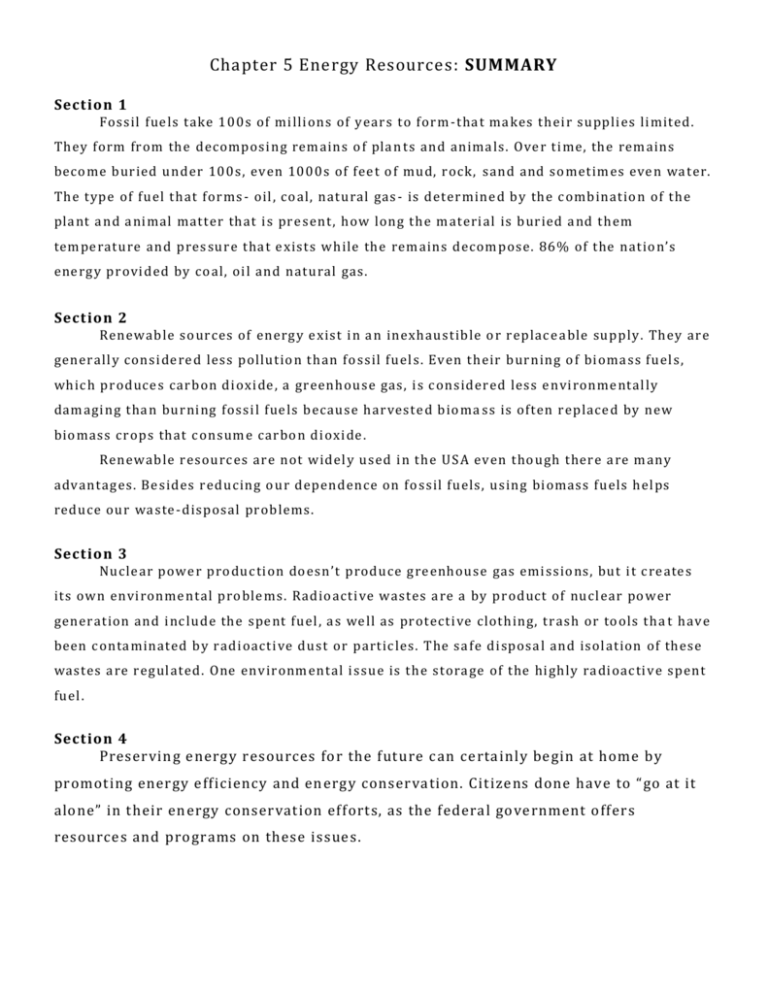
Chapter 5 Energy Resources: SUMMARY Section 1 Fossil fuels take 100s of millions of years to form -that makes their supplies limited. They form from the decomposing remains of plan ts and animals . Over time, the remains become buried under 100s, even 1000s of feet of mud, rock, sand and sometimes even water. The type of fuel that forms - oil, coal, natural gas - is determined by the combination of the plant and animal matter that is pre sent, how long the material is buried and them temperature and pres sure that exists while the remains decompose. 86% of the nation’s energy provided by c oal, oil and natural gas. Section 2 Renewable sources of energy exist in an inexhaustible or replace able supply. They are generally considered less pollution than fossil fuels. Even their burni ng of biomass fuels, which produces carbon dioxide, a greenhouse gas, is considered less environmentally damaging than burning fossil fuels because harvested bioma ss is often replaced by new biomass crops that c onsume carbon dioxide. Renewable resources are not widely used i n the USA even though there are many advantages. Besides reducing our dependence on fossil fuels, using biomass fuels helps reduce our waste -dis posal problems. Section 3 Nuclear power production doesn’t produce greenhouse gas emissions, but it creates its own environmental problems. Radioactive wastes are a by product of nuclear power generation and include the spent fuel, as well as protective clothing, trash or tools tha t have been contaminated by radioactive dust or particles. The safe di sposal and isolation of these wastes are regulated. One environmental i ssue is the storage of the hi ghly radioacti ve spent fuel. Section 4 Preserving energy resources for the future c an certainly begin at home by promoting energy efficiency and energy conservation. Citizens done have to “go at it alone” in their energy conservation efforts, as the federal government offers resources and programs on these issues.
